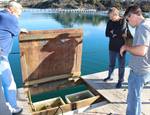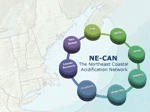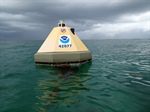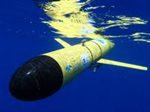
Talking Point: Putting the acid on global effort
HUNDREDS of marine scientists from around the world are gathered in Hobart this week for the 4th International Oceans in High-CO2 World Symposium to discuss one of our planet’s most serious yet still vastly understudied threats to the ocean’s health, biodiversity and food security. Held every four years and now











